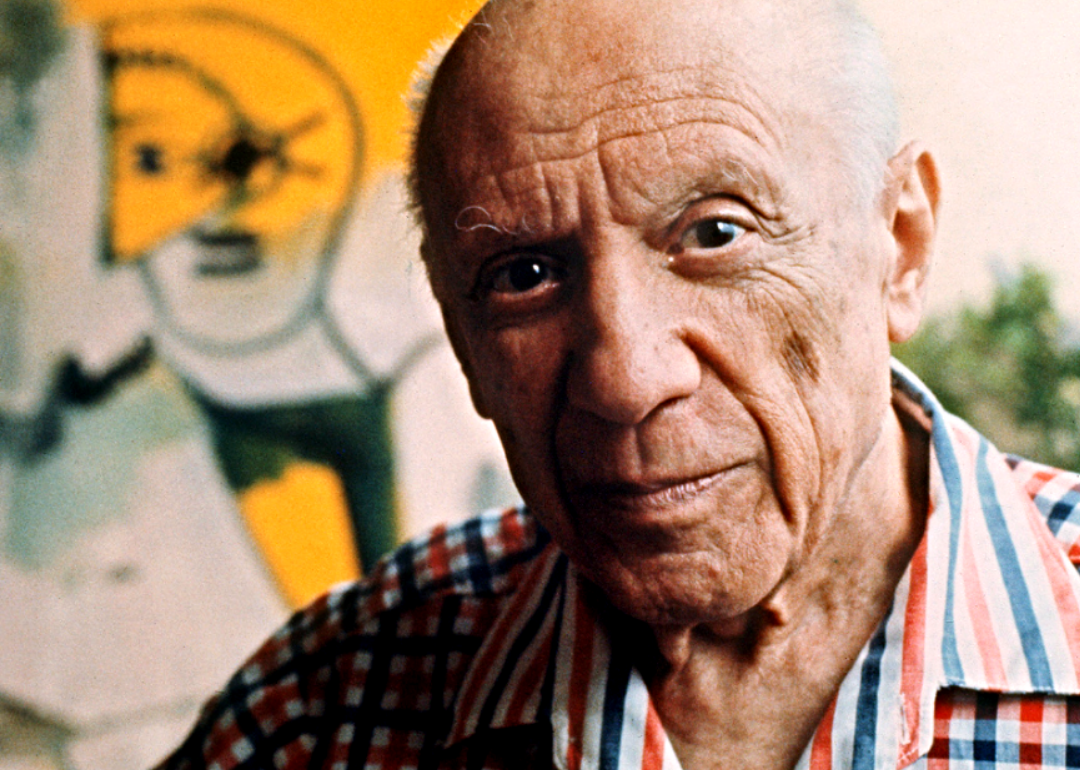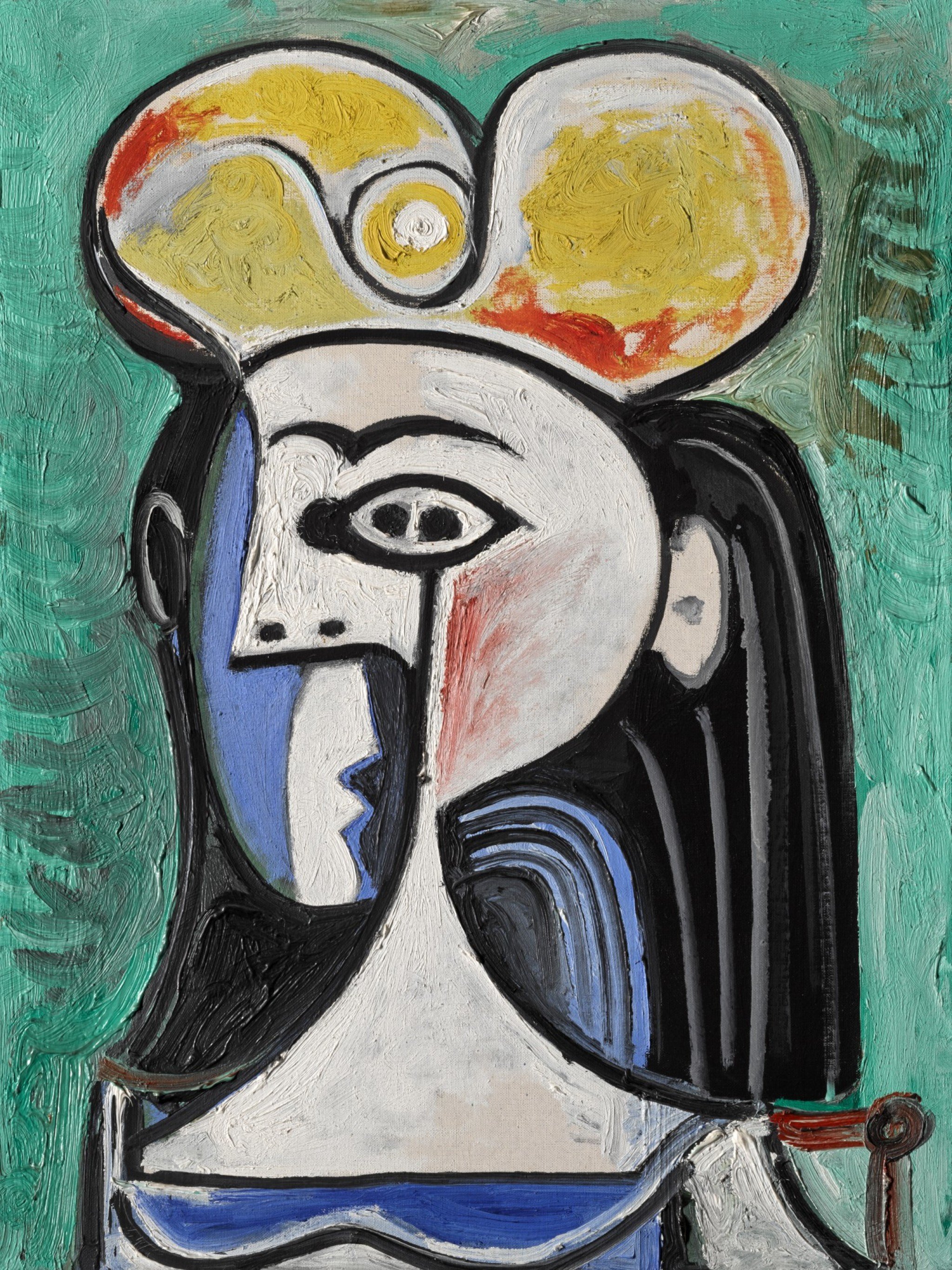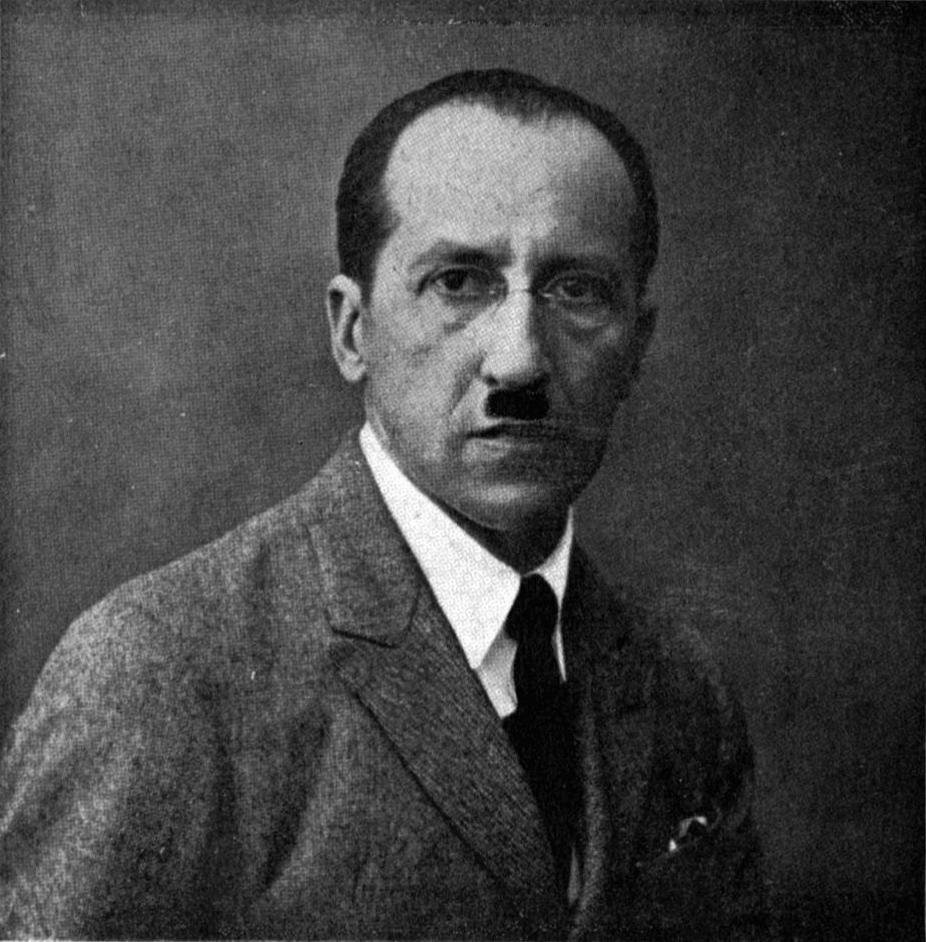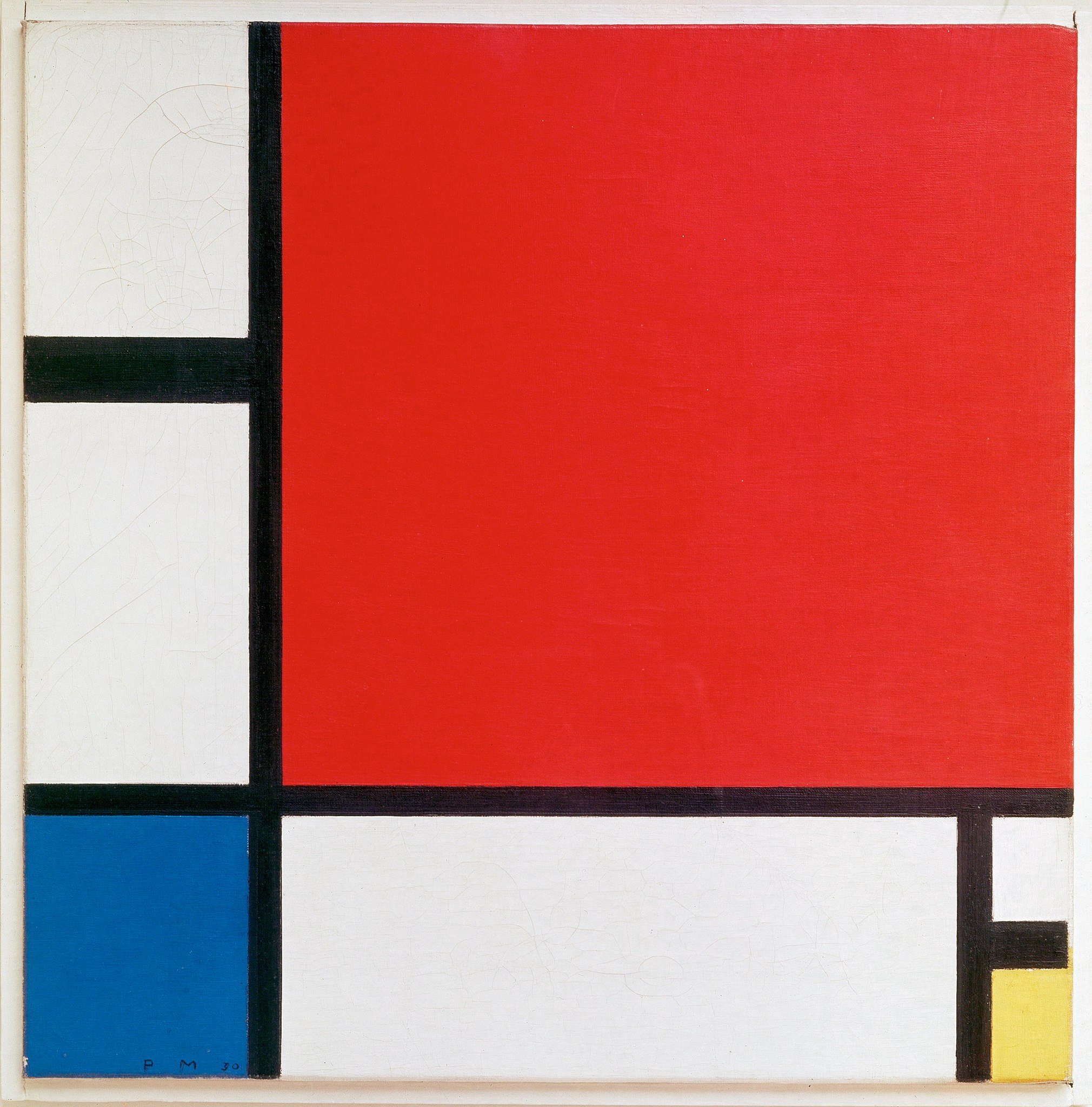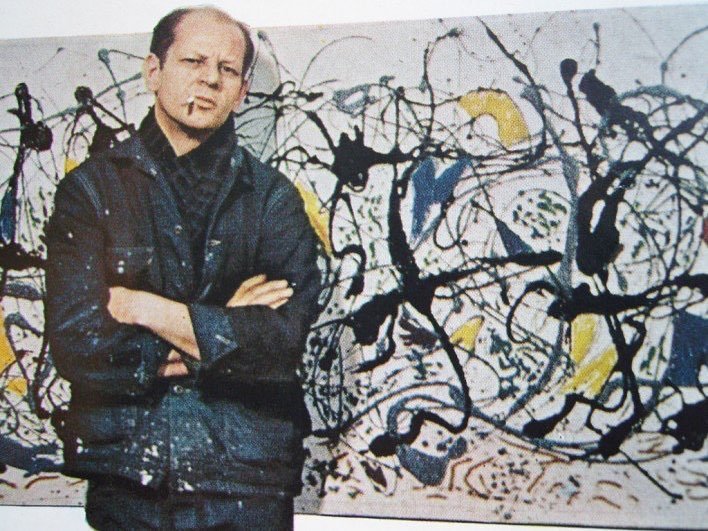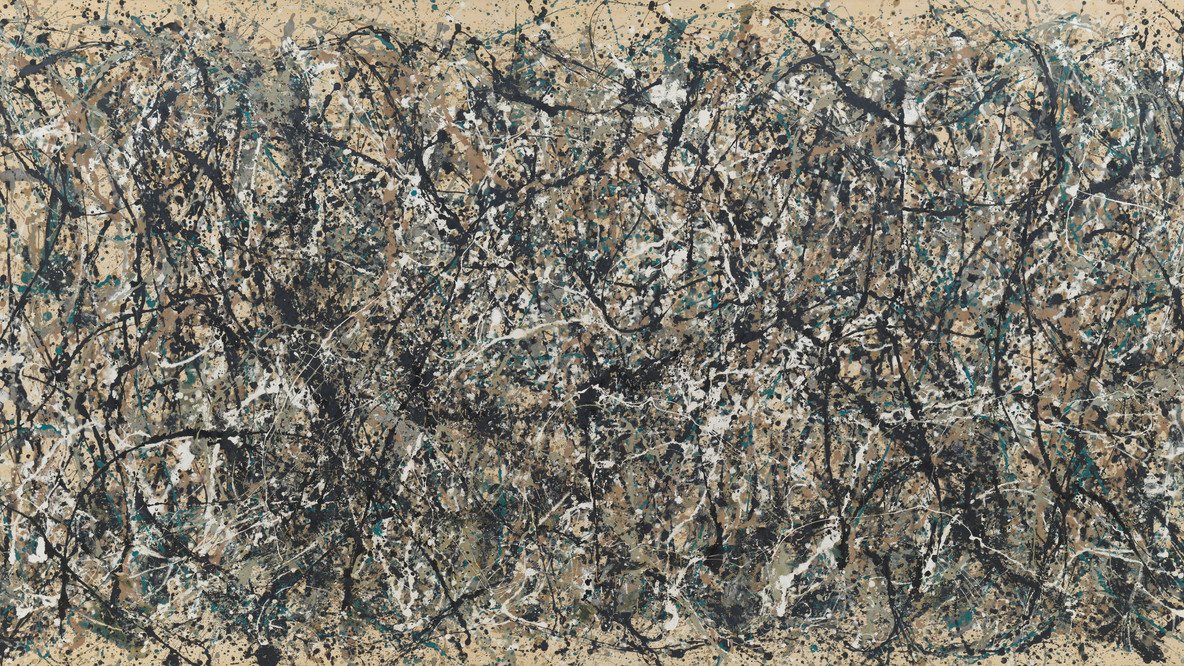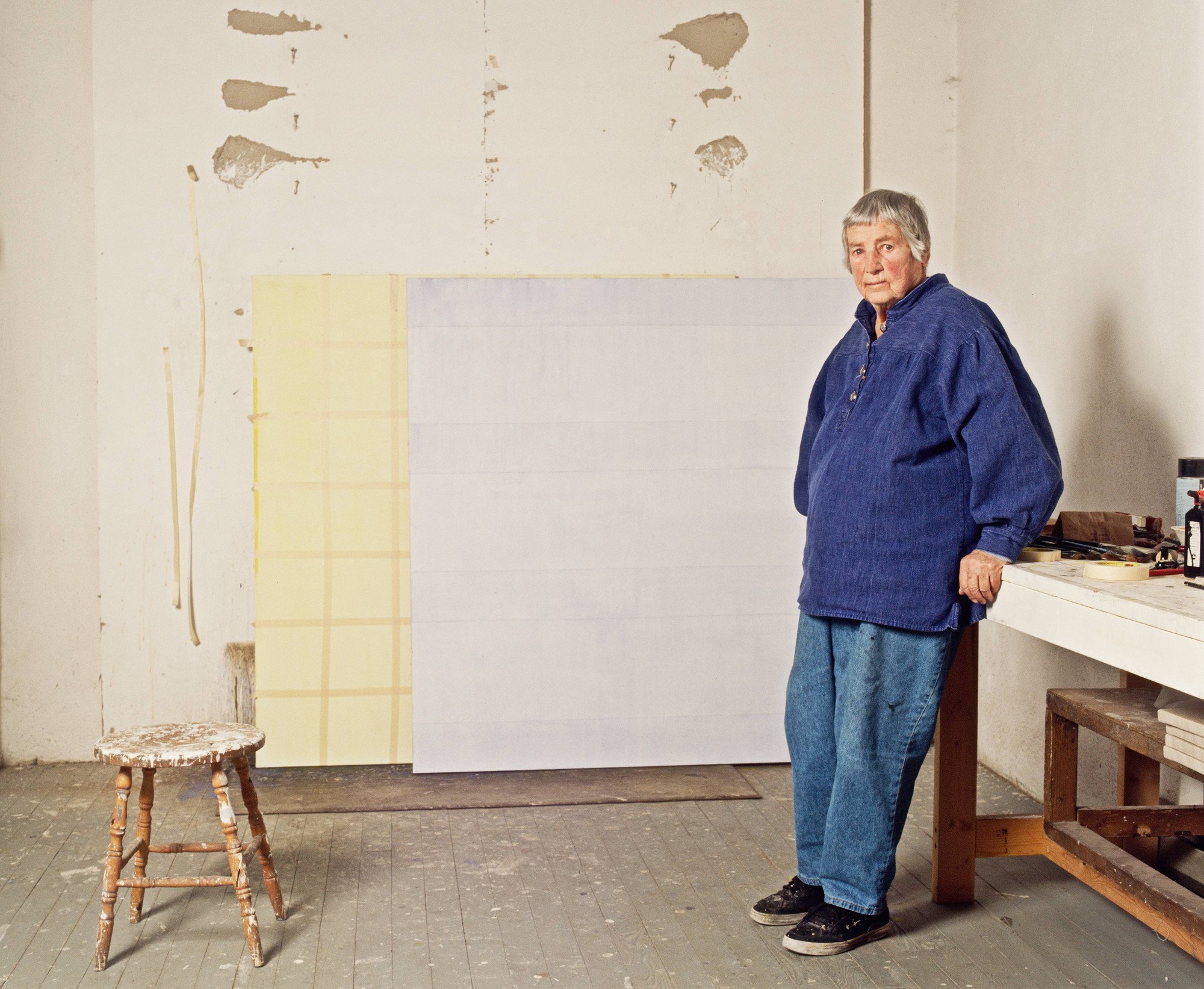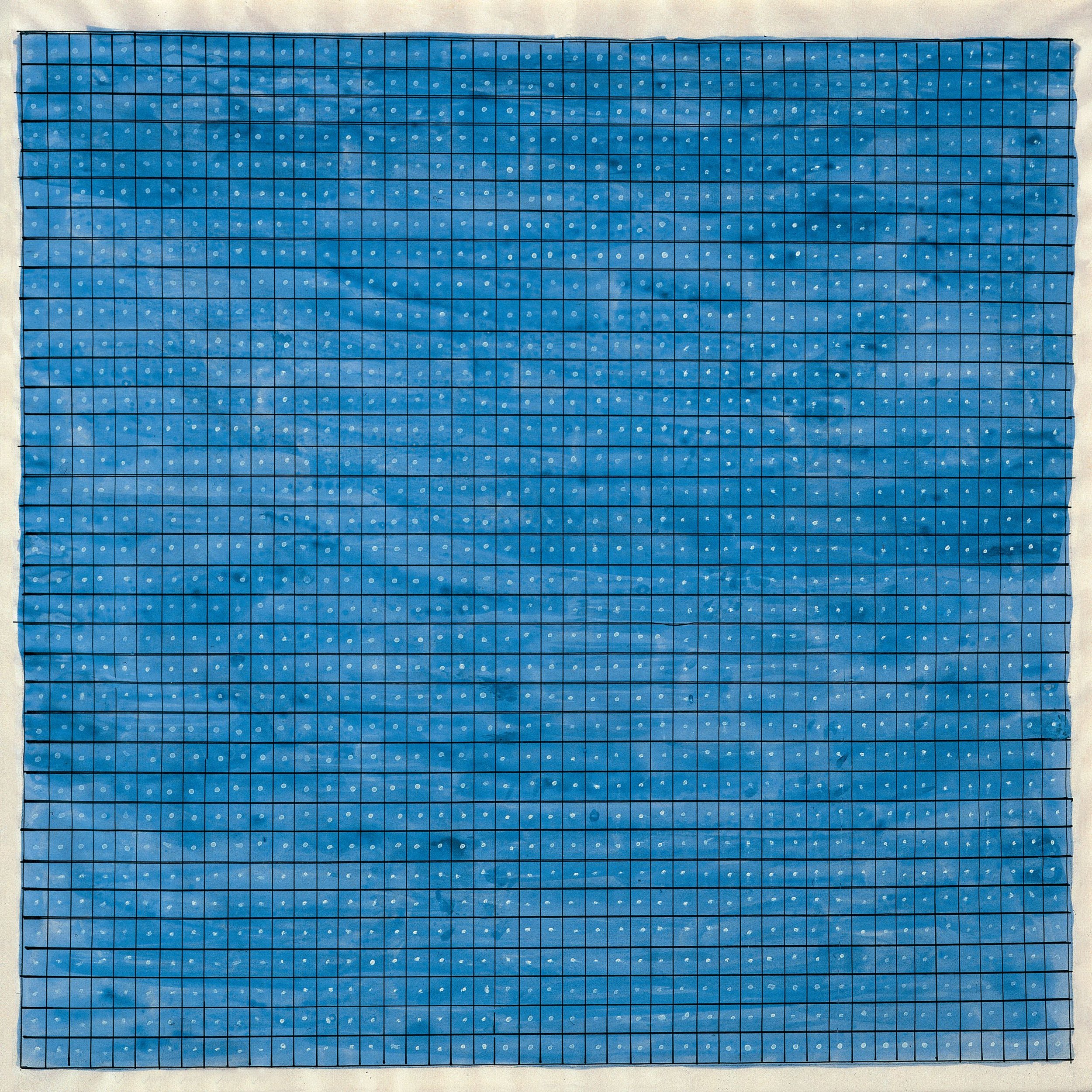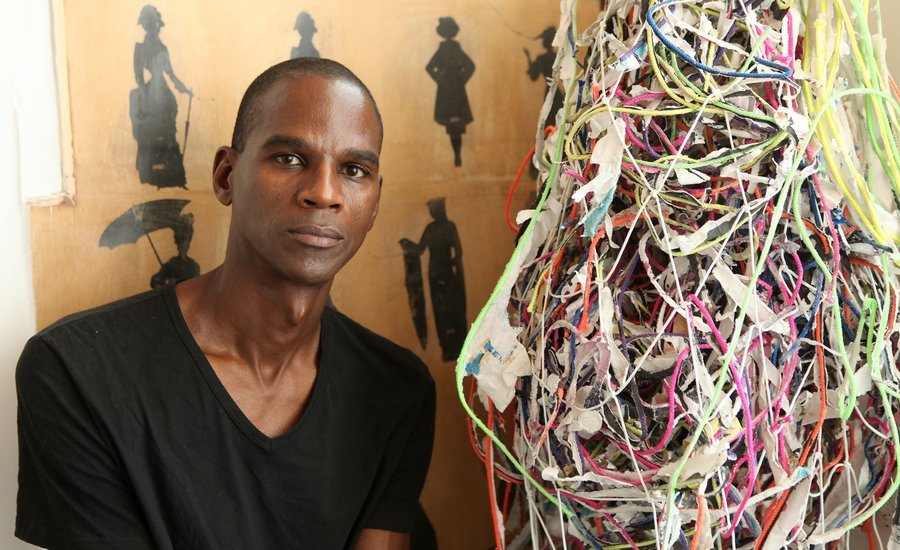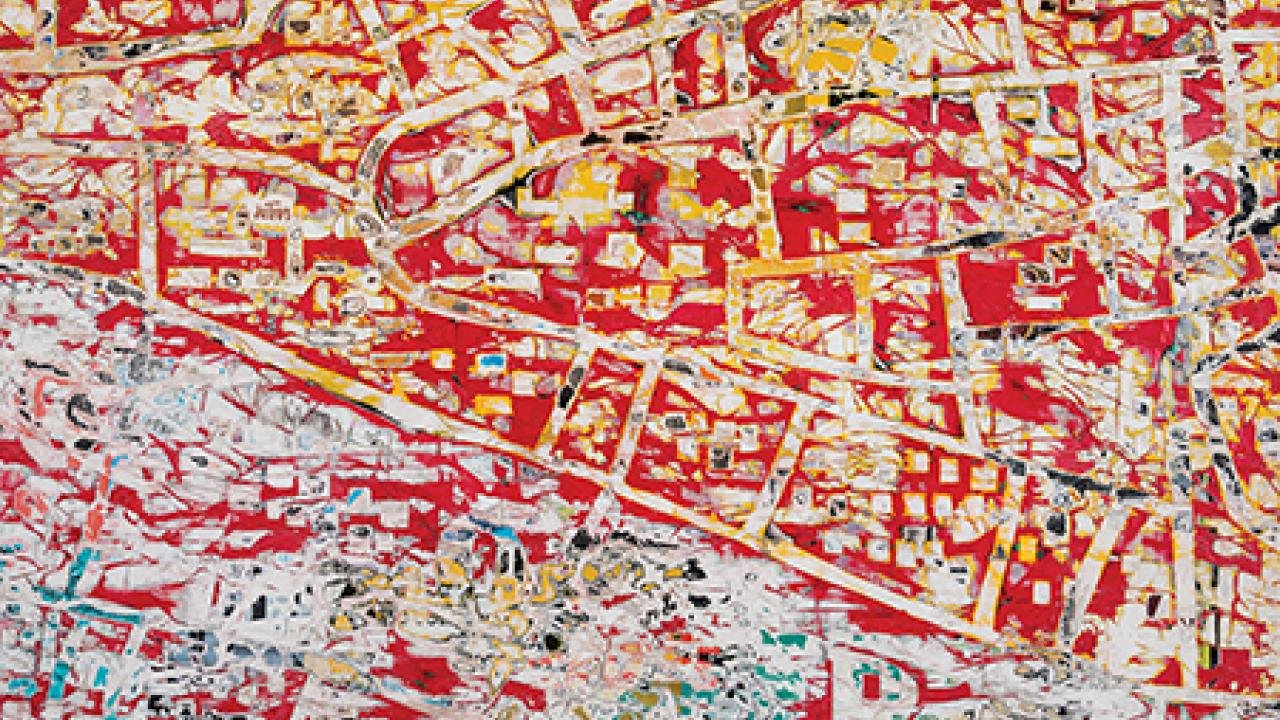think abstract: TOP 5 Abstract Painters to Study
Intro by: Paul Bailey
One of my favorite lessons I learned in Art School was to study those that inspire you; Artists who may have come before your time, but created works similar to your style, or created something that you would like to incorporate. This had led to me looking for old and contemporary artists based around a style of painting I was intrigued to learn about, abstract art. Abstract art is best defined as: art that does not attempt to represent an accurate depiction of a visual reality but instead use shapes, colours, forms and gestural marks to achieve its effect -Tate. Breaking from the mold of representational art, was rare in the times of Wassily Kandisky (b. 1966-1944) , who was one of the pioneers of the movement. In this list, you will learn about Top 5 Abstract Painters you can add to your arsenal of creativity. This blog was written in conjunction with Shannon Permneter, who is an art historian, and freelance writer.
TOP 5 ABSTRACT PAINTERS THROUGHOUT HISTORY
Written by Shannon Permenter
Abstract Art is all about challenging how we think, see, and understand the world around us. While this is a form of artmaking that is highly misunderstood, with people dismissing it as scribbles or blobs, abstraction is a way to capture the things we feel and experiences we have in new and imaginative ways. Abstract art, as we have come to understand it, really took hold at the turn of the 20th century and has evolved to new heights in the contemporary. Below are five of the most famous abstract painters from abstraction’s early years all the way to the present day.
1. Pablo Picasso
Whether you are immersed in the art world or not it is most likely you have heard the name, Pablo Picasso. His abstract style of choice came about through his foundational role in the Cubist movement during the first decades of the 20th century. People, places, and objects were broken down into geometric shapes and patches of color. As part of the movement, Picasso forced us to understand the parts that make up a whole, taking apart our world and recreating them in simple elements. For Picasso, this wasn’t abstraction but representing reality in a new more authentic way. His approach allowed us to reconceive a 2-D perspective by placing all vantage points of a subject in view at the same time. This laid the groundwork for abstraction as we know it today.
2. Piet Mondrian
Then we encountered new figures and movements like Dutch painter Piet Mondrian. His work featured networks of squares and fields of bold primary colors. This became the iconic style of the movement known as De Stijl in the 1920s. This new form of abstraction was based solely around the ideas of vertical and horizontal lines and the subsequent geometries they created. The idea was to find a new simplicity in life and in one’s self. Mondrian and his contemporaries challenged us to defy the idea that art needs to recreate the world and asks us to represent it with only the most fundamental of elements.
3. Jackson Pollock
When people think of abstraction they tend to think about the wild splatters of multicolored paint, this is a notion that came from Abstract Expressionist painter Jackson Pollock. In the 1940s, artists were ready to make abstraction a mainstream form of art. This group of painters, pioneered by Pollock and others, was about embracing spontaneity and emotion within the strokes of their brushes. Pollock’s work is full of angst, passion, and energy as he used brushes, sticks, and found objects to splash paint into works of art. His work taught us that expression cannot be confined by the edges of a canvas or the shape of a form, but is about using motion and feeling into visual form.
4. Agnes Martin
While often overshadowed in art history, there have been countless female leaders of the abstract movements. Amongst them was the iconic painter Agnes Martin. Following the Abstract Expressionists, Martin began working in the 1950s creating minimalist paintings that created a meditative atmosphere for her viewers. Building shapes and manipulating color palettes allowed Martin to use her abstraction as a way to represent spirituality. Her signature grid paintings continue to create transformative experiences for people around the world even today teaching us about the power of abstraction to impact us on a spiritual level.
5. Mark Bradford
That brings us to today. Abstraction has exploded in the art world in the century since it began to be considered a part of our art historical canon. So who among us today is already cementing themselves amongst the greats of abstract painters? One such individual is Mark Bradford. The Los Angeles painter has made his claim to artistic fame showing at prestigious exhibitions like the Venice Biennale. His large scale collage-like works use abstraction to tell the stories of people and places related to issues of social justice. Bradford shows us how abstraction can be a tool, a tool for sharing unheard voices.
So take a note from these icons of abstract history. Don’t be afraid to break down the barriers of what people think art should be and continue to find new and abstract ways to explore your genuine creative spark.
“The way of an artist is an entirely different way. It is a way of surrender.”
― Agnes Martin
“Energy and motion made visible – memories arrested in space”
― Jackson Pollock
“Abstraction allows man to see with his mind what he cannot see physically with his eyes....Abstract art enables the artist to perceive beyond the tangible, to extract the infinite out of the finite. It is the emancipation of the mind. It is an exploration into unknown areas.”
― Arshile Gorky


